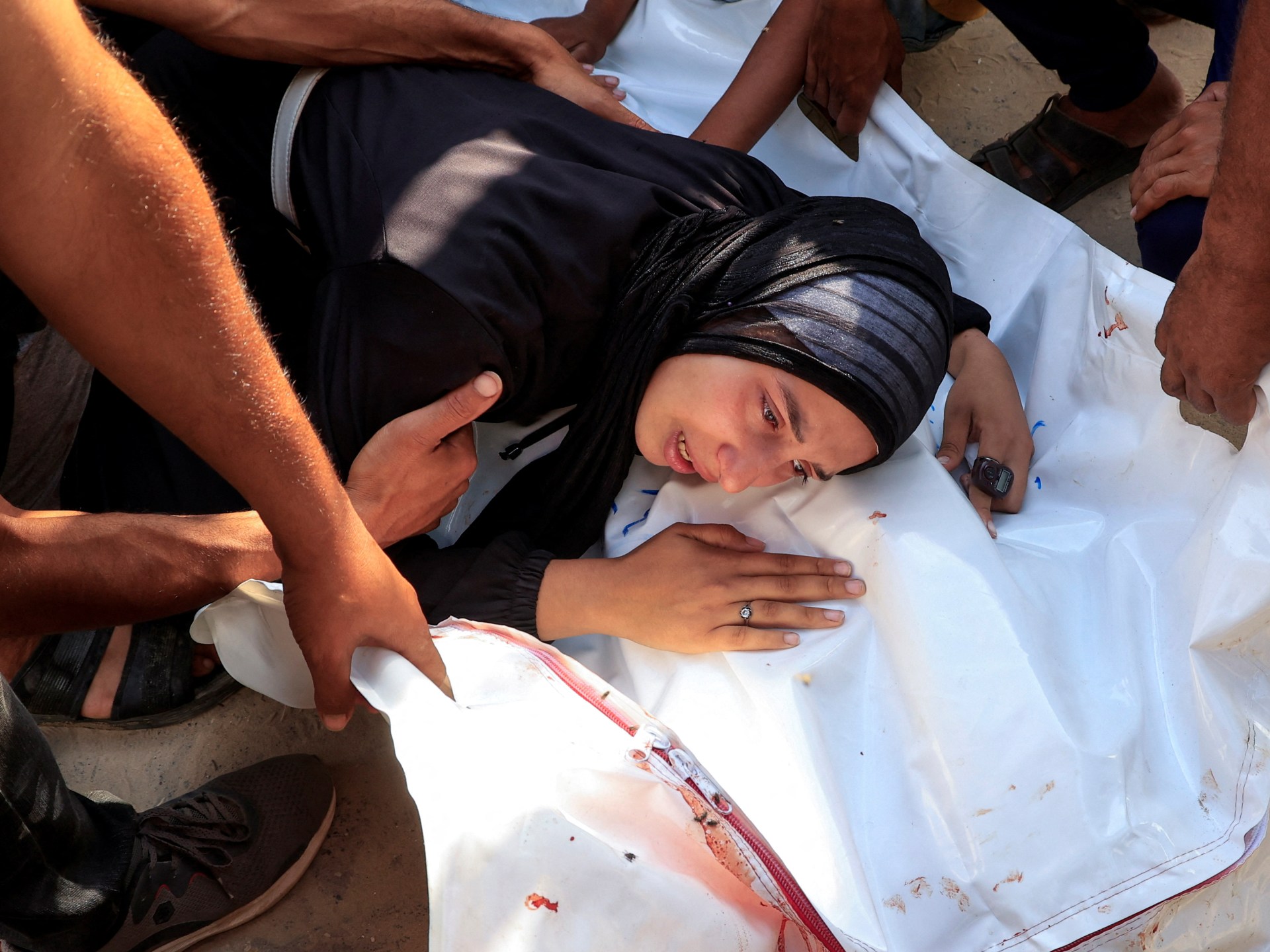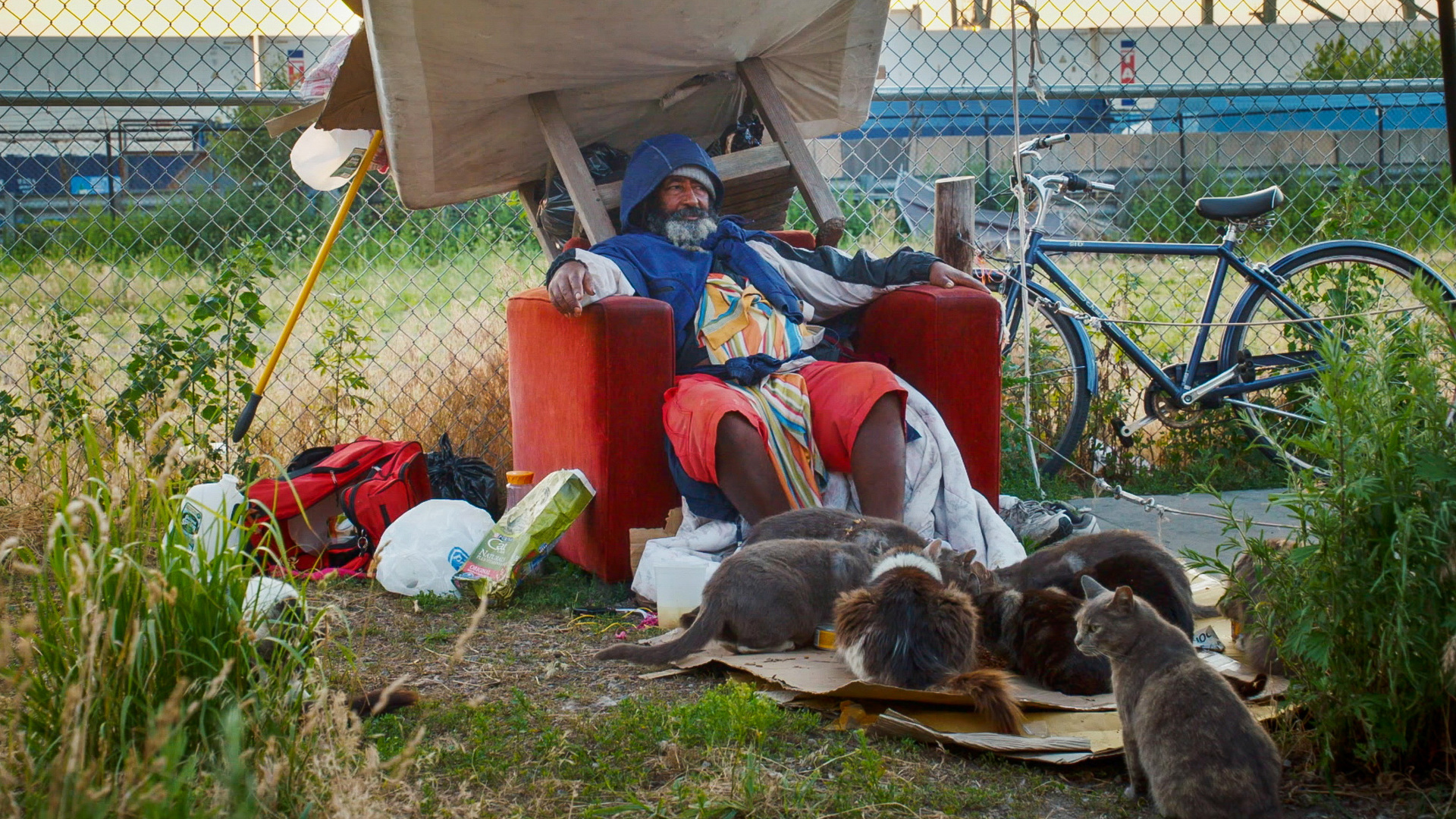Social media and video platforms have eclipsed traditional media as news sources in the United States for the first time, a report has found.
Fifth-four percent of surveyed Americans used platforms such as Facebook, YouTube and TikTok for news during the previous week, up from 27 percent in 2013, the report by the Reuters Institute showed on Tuesday.
Only 50 percent relied on TV, while 48 percent looked at news websites or apps, according to the 2025 Digital News Report.
Young people drove the shift, with 54 percent of Americans aged 18-24 and half of those aged 25-34 choosing social media and video platforms as their “main” source of news.
The move towards social media was strongest in the US and Brazil, where 34 percent and 35 percent of respondents, respectively, described it as their “main” source of news, followed by the United Kingdom, France, Denmark and Japan.
Individual online influencers, most of them right-leaning, are also reaching large numbers of news consumers, the report found.
More than one-fifth of US respondents said they had seen podcaster Joe Rogan discuss the news during the week following US President Donald Trump’s inauguration, while 12-14 percent encountered Tucker Carlson, Megyn Kelly, Candace Owens or Ben Shapiro, according to the report.
The report also found that the so-called “Trump bump” experienced by news platforms in 2016 has not carried over into his second presidency, with only social media and video platforms seeing their audiences rise.
Across nearly 50 countries surveyed, four in 10 respondents said they trusted most news “most of the time,” a figure that has been stable for the past three years, according to the report.
Trust was highest in Nigeria, where 68 percent expressed confidence, followed by Finland, Kenya, Denmark, South Africa and Thailand.
Respondents in Greece and Hungary had the least trust, with just 22 percent believing the news, followed by those in Slovakia, Bulgaria and Romania.
Nic Newman, the report’s author, said the declining influence of traditional media has been a boon for politicians, who are “increasingly able to bypass traditional journalism in favour of friendly partisan media, ‘personalities’, and ‘influencers’ who often get special access but rarely ask difficult questions”.
“These trends are increasingly pronounced in the United States under Donald Trump, as well as parts of Asia, Latin America and Eastern Europe, but are moving more slowly elsewhere, especially where news brands maintain a strong connection with audiences,” Newman said in an overview of the report.
“In countries where press freedom is under threat, alternative ecosystems also offer opportunities, at their best, to bring fresh perspectives and challenge repressive governments,” Newman said.





